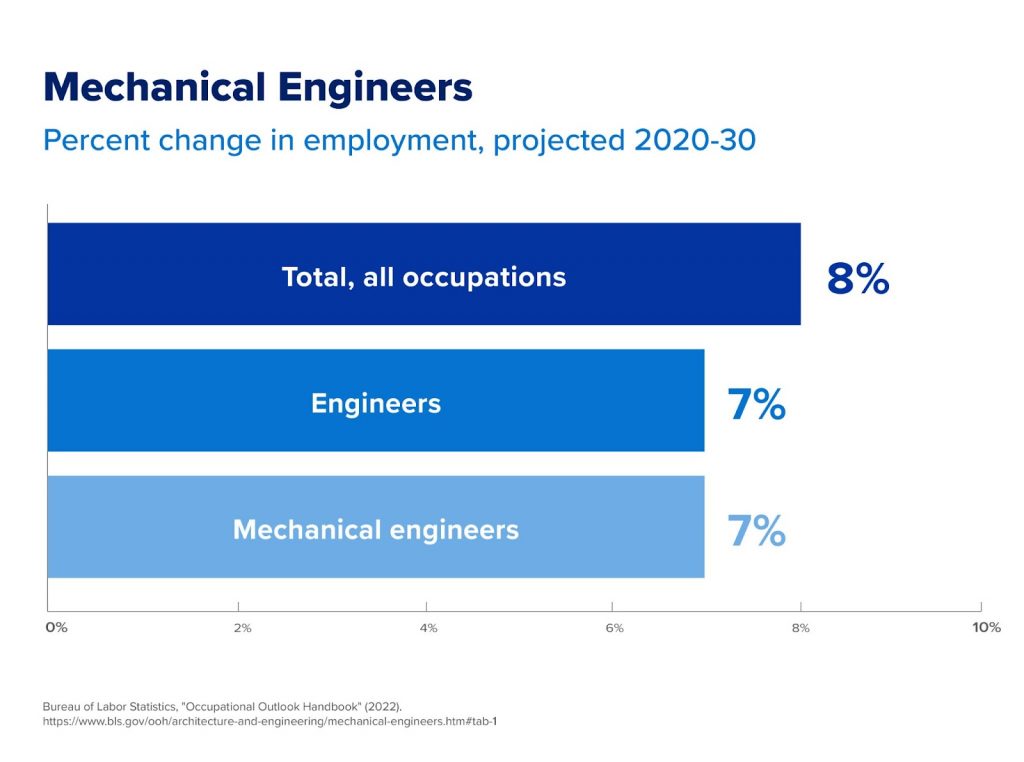Thanks to media portrayals, it’s easy to think of robots as foreign creatures made to take over our world. In reality, robots are incredibly smart machines that aid individuals and organizations in problem-solving every day. Those solutions might be as impactful as the Packbots used to inspect damage at the Fukushima Daiichi nuclear power station in 2011 — or as mundane as a Roomba cleaning up the cat hair on your rug so you don’t have to. For these inventions and many more, we have robotics engineers to thank.
Robotics engineering is a growing field that entails a combination of data analysis, engineering, and computer science. People working in these fields use software and mechanical hardware to design, build, and test robots and their related machine-based processes.
That said, each robotics engineering job is unique, and the practicalities of a job in this field often depend on the person’s background. While robotics engineers with coding backgrounds tend to focus more on the software side of things, those with mechanical engineering backgrounds lean toward the physical components of a robot.
Regardless of their position, all robotics engineers should be well-versed in math, electronics, and computer science; should have at least a basic understanding of coding languages; and should be able to work well within a team. While the skills required often take time and effort to acquire, there are clear steps you can take to start your career in robotics engineering.

 Live Chat
Live Chat

